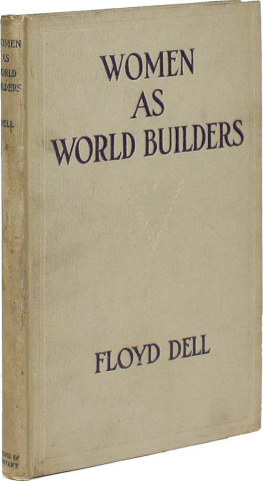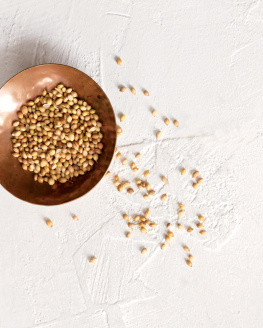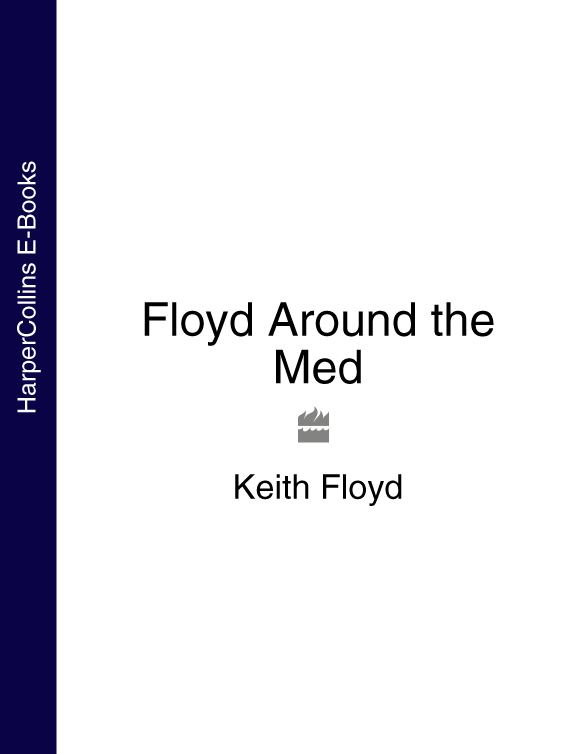
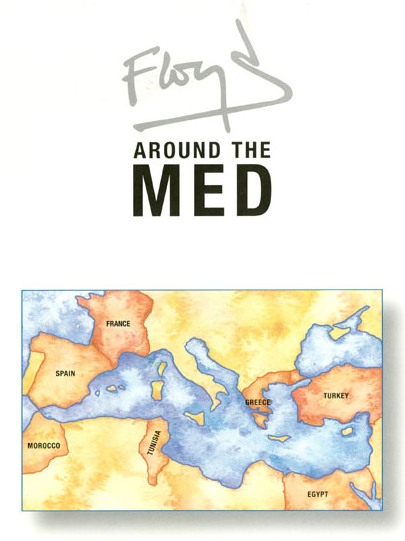



The primary flavours of the Mediterranean are olive oil, thyme, rosemary, basil, garlic and saffron. The main vegetables are aubergines, peppers, tomatoes and courgettes. All these are overlaid with a mist of lemon, nuts and spices from the East nutmeg, cumin, cinnamon, cardamom, coriander, turmeric, chilli flakes, sea salt, black pepper, caraway and others. Rice, pasta, pulses and grains are preferred to the potato. Artichokes, spinach, celery leaves and mint are mixed with crunchy greens for salads.
But the Mediterranean, which laps the shores of Europe, Asia and Africa, is populated by Christians, Arabs and Jews, by Latins and Moors, some meat eaters, some vegetarians, some pork lovers, and some nut lovers. Some of the countries are highly developed and have refrigerators and microwaves; others have simple clay pots with a few glowing embers of charcoal. Irrespective of creed, culture and cash, everyone shares a common love of food, whether it be fish, goat, lamb, pigeons and all manner of fowl, or fruit.
The recipes in this book are authentic, although I have modified some. Many of them come from cooks who have never seen a television cookery show or read a cookery book. Indeed, many of them cannot read. They have never weighed or measured an ingredient in their lives, and may well time the cooking from the cockerels early-morning alarm call to the moment the shadow falls over the pigsty. As a consequence, these recipes require the reader to apply simple common sense to the quantities, the sizes of pots, the volume of liquid and the length of time things take to cook. Remember, this is not a workshop manual. Cooking is not a science. Cooking is a way of demonstrating your appreciation of nature and making a gift of kindness and love to those whose company you enjoy. And the love of good food, generosity and hospitality is central to the Mediterranean peoples way of life which, like olive oil, that indispensable liquid that flavours, cooks and heals, is as old as time and civilization, whether you are squatting on a rush mat in a hut on the banks of the River Nile or dining in the ornate splendour of Monte Carlo.
Note on the recipes
In most of the recipes in this book, quantities and timings are approximate. The style of cooking in the countries around the Mediterranean is completely different from that of northern Europe. People tend to live in extended families, and so they cook for eight to ten people. There is not a cook in the Mediterranean area who would give you a recipe for, lets say, moussaka, or beef stifado, for four people. They simply make up a pot of the stuff, with enough ingredients to go round. Any left over would be reheated and served the next day.
It is important to note that the recipes in this book are not dinner-party dishes. Although they are all prepared with love and the freshest ingredients, they are a casual, everyday part of Mediterranean life. Family or guests invited to a birthday or a Sunday family reunion will not be expecting a formal four-course meal followed by coffee and mints. Right, having said all that, I will repeat myself, just to be on the safe side: common sense must be applied to the quantities, cooking times and serving of these dishes. Finally, every time a recipe requires olive oil, this means olive oil. There is no substitute for it if you wish the dish to taste authentic except where I suggest peanut, sesame or walnut oil!



T here is much more to Greek cooking than moussaka, stuffed vine leaves, greasy kebabs stuffed into pitta bread pockets with chips, salad and mayonnaise, and the ubiquitous Greek salad with a slab of feta cheese sprinkled with dried oregano. This may be what most of us encounter on our Greek holidays but if you search around a bit you will discover some very fine dishes indeed. Take the aubergine, for example. Its essential in a moussaka but theres much more to it than that. You could write a whole book about cooking aubergines the Greek way. They can be made into a wonderfully refreshing salad, or stuffed with minced mutton or lamb and roasted in the oven, or deep-fried in batter, or fried in olive oil and served cold with a marinade of lemon juice, finely chopped garlic and parsley, coriander, fennel or dill. Courgettes can be given the same agreeable treatment as aubergines, and vegetables la grecque (cooked in a lemon and olive oil marinade) are really most enjoyable. Baby vegetables such as leeks, onions and artichoke hearts can all be cooked in the same way as mushrooms la grecque.
In Greece they love to cook with fresh herbs, such as coriander, dill, parsley, mint and spring onions, combined with lemon juice (I swear that Greek lemons produce some of the finest juice I have ever encountered). They like to use coriander seeds and cinnamon to flavour their dishes, and occasionally cumin. At its best, Greek cooking is light, refreshing, tasty and tangy for example, lamb stewed with Cos lettuce or green peas, flavoured with a wonderful lemon sauce, is an exquisite dish. Stuffed vine leaves dont have to be briny, vinegary things with congealed rice inside. Like cabbage leaves, they can be stuffed delightfully with a mixture of rice, fish or meat, maybe pine nuts, sultanas or currants.
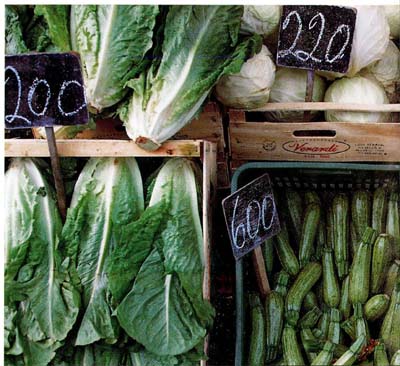
In this dish, which is really a simple chicken cooked in tomato sauce, we can see the influence that the Moors have had on Mediterranean cooking by the use of fruits and spices.
| 1 | free range chicken (how heavy? I hear you cry! Well, I dont know. If there are 2-4 of you, get a small one; more of you, get a great big one or two small ones! If the chicken has its liver and heart, so much the better) |
| olive oil |
| 2 | onions, finely diced |
| 4 | fat cloves of garlic, very finely crushed |
| about bottle | white wine |
| about 500ml/18fl oz | tomato sauce (buy this in a carton) |
| 4 | juicy lemons, cut in half, pips removed, then very, very, very finely sliced |
| 1 | cinnamon stick |
| about 225g/8oz | raisins, currants or sultanas |
| 1 | sprig of thyme |
| 4-5 | cloves
sea salt and black pepper |







